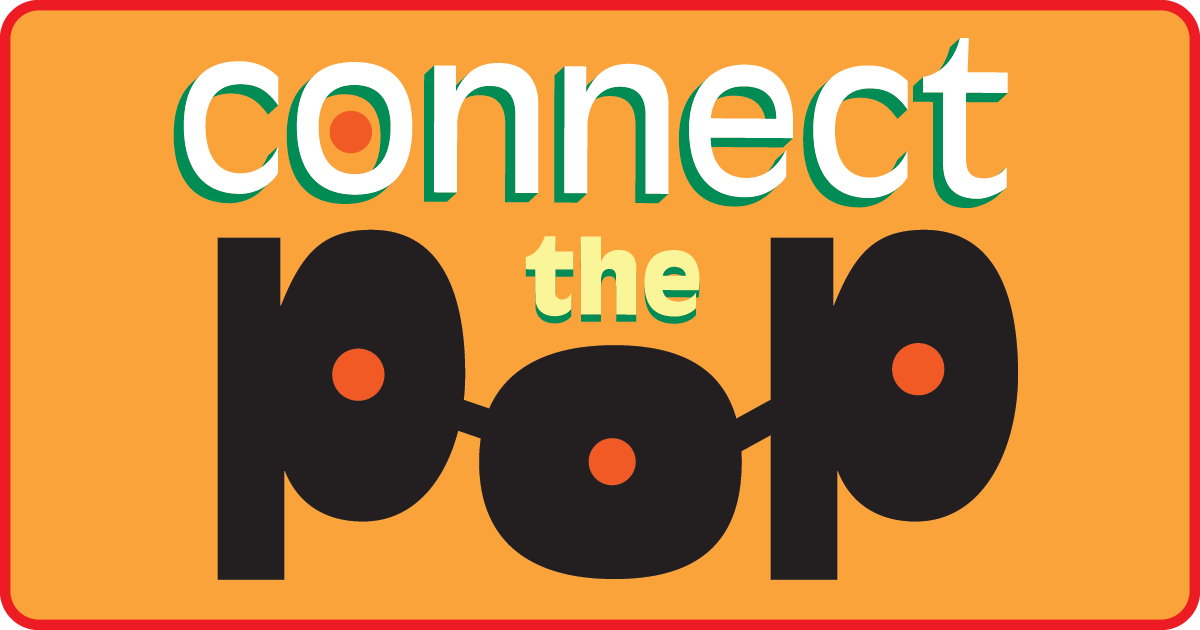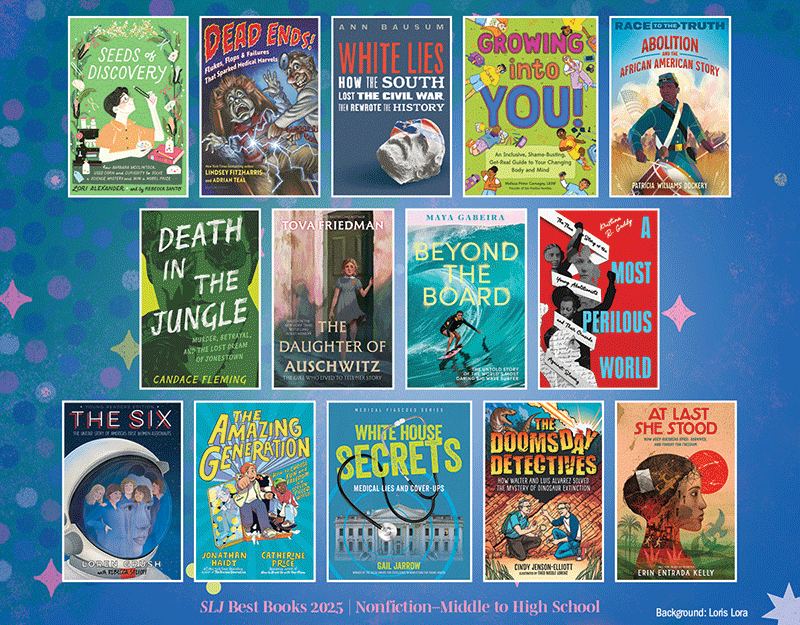SCROLL DOWN TO READ THE POST
Why ‘Marble Season’ is My Favorite Book of 2013 (So Far)
“Here, Chavo. Let me show you how to understand comic books. Ok, here’s a comic about a super team that are kind of like monsters. This guy here who looks the most like a monster is actually a good guy—The Thing!”
Have you ever read a book that seems to encapsulate so much of what you’re about that it’s hard to formulate a coherent reaction to it—after all, where to begin? Of course you have. Anyway, that’s where I am in relation to Gilbert Hernandez’s deceptively straightforward but absolutely brilliant and heartfelt new graphic novel Marble Season.
Yes, kids do play marbles in this series of connected vignettes set in the early 1960s. But much more often they are discussing, responding to, and pretty much reveling in the pop culture of the day. They fashion Captain America’s shield from a Frisbee, are simultaneously shocked and intrigued by Topps’ “Mars Attacks” trading cards, and get worked up over the relative merits of watching Bozo the Clown versus Superman on TV. Moreover, they are shown creating, a process that includes scriptwriting and impromptu backyard performances inspired by the comics and B-movies of the day. As far as outside-of-school literacies are concerned, Marble Season is possibly a definitive treatise on the subject without even intending to be: the classroom is not depicted at all, and it’s certainly not missed.
ADVERTISEMENT
ADVERTISEMENT
One might claim that this brand of creative play is not what kids do today—this kind of “innocent” debate and imaginative engagement. I’d disagree based upon my experience, but that’s a separate topic. The key point either way is that we should be encouraging kids to discover meaning in pop culture, and make meaning of their own via pop culture models, by providing free, open-ended playtime and access to the relevant texts. That means allowing more opportunities for both exploring their own interests in libraries and for goofing around after school or during recess—yet with today’s emphasis on standardized testing and educator-centered learning (as opposed to student-led inquiry) this sounds like something of a pipe dream.
In any case, the afterword by the University of Iowa’s Corey Creekmur is uncommonly insightful, making connections between Hernandez’s storytelling, Marble Season’s nostalgia factor, and the social/historical value and role of comics and other forms of pop culture. That’s a summation, of course, and my approach to Marble Season above is similarly reductive. I’ll take the blame for that, sure, but I’m also going to point a finger at the book itself: it’s not my fault that it’s so rich in noisy pleasures and quiet profundities that it can’t really be done justice in a single post. Just read it and you’ll see what I mean.
Filed under: Comics, Fandom, Movies, Television, Transliteracy
About Peter Gutierrez
A former middle school teacher, Peter Gutierrez has spent the past 20 years developing curriculum as well as working in, and writing about, various branches of pop culture. You can sample way too many of his thoughts about media and media literacy via Twitter: @Peter_Gutierrez
ADVERTISEMENT
SLJ Blog Network
Top 10 Posts of 2025: #7
31 Days, 31 Lists: 2025 Science & Nature Books for Kids
New DC Super Hero Girls OGN Coming June 2026 | News
Book Review: Girls Who Play Dead by Joelle Wellington
The Classroom Bookshelf is Moving
ADVERTISEMENT
ADVERTISEMENT









